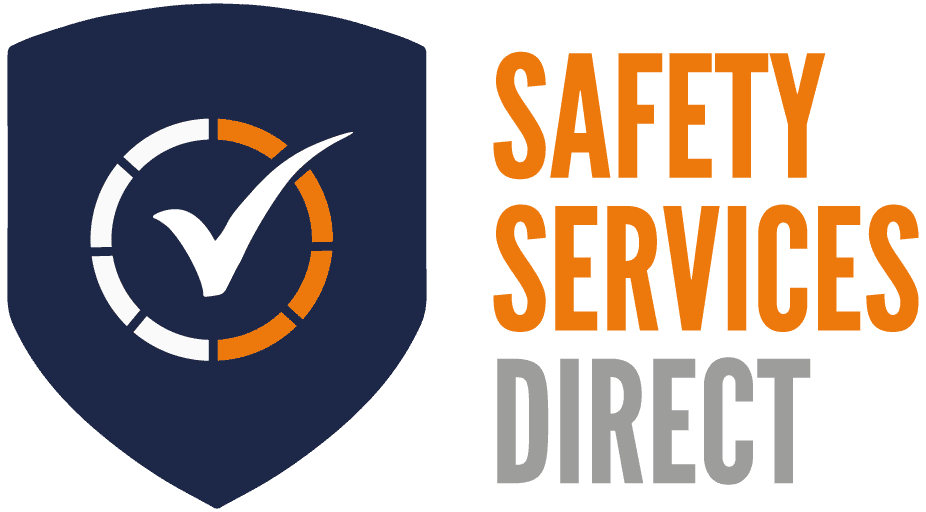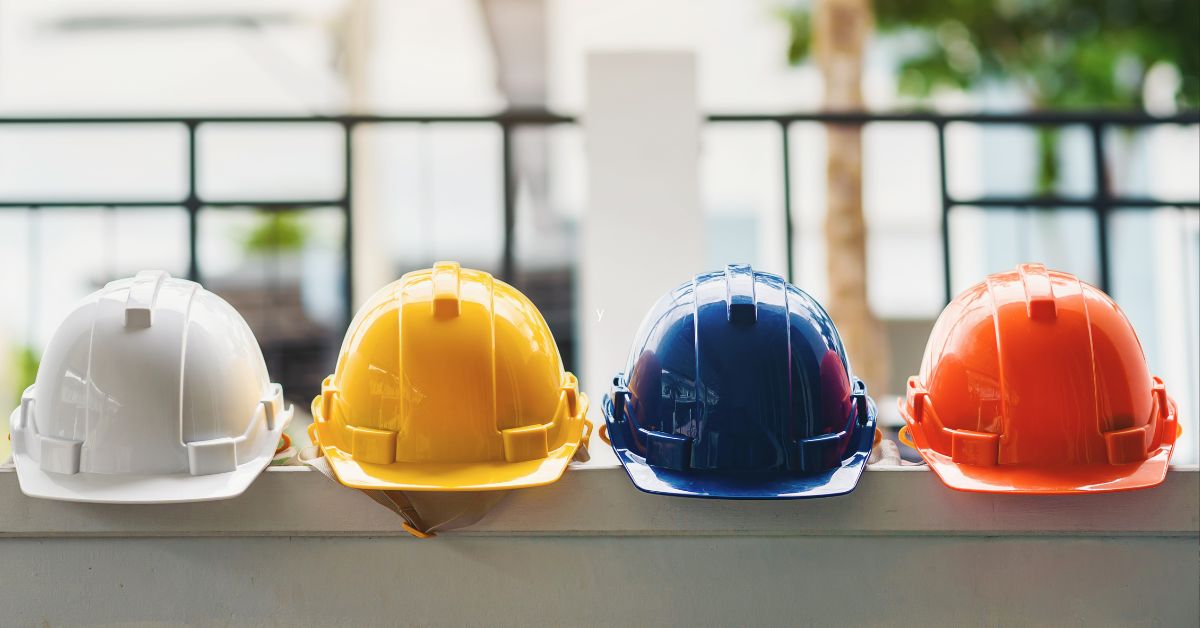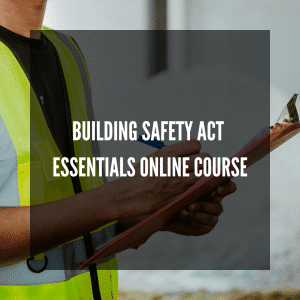The concept of workplace safety tends to conjure up images of brightly coloured hard hats, safety goggles, and caution signs. But while these elements are undeniably important, the true foundation of a safe work environment lies in a robust safety culture.
Beyond preventing accidents and injuries, fostering a strong safety culture can significantly boost workplace productivity and employee morale. From over 20 years of experience, Safety Services Direct shares how a safety-first mindset can transform your workplace, the key characteristics of a strong safety culture, and practical steps to achieve it.
What is Safety Culture?
Safety culture refers to the collective attitudes, beliefs, and practices that employees and management share regarding workplace safety. It encompasses the values and behaviours that prioritise safety in every aspect of work, ensuring that safety is integrated into daily operations and decision-making processes.
So, for example, in a roofing business with a positive safety culture, once everyone has put on their harness, workers would each double-check their partner’s harness without having to be reminded. In the same situation in an organisation with a poor safety culture, workers would put on their own harnesses, maybe check them once over themselves, and get started. Clearly, the latter option has a far higher chance of a mistake being made and missed, leading to injury.
A strong safety culture not only reduces the likelihood of accidents and injuries but also enhances overall workplace productivity. When employees feel safe and valued, they are more likely to be engaged, motivated, and productive. A safe work environment reduces downtime caused by accidents, minimises absenteeism, and fosters a positive work atmosphere, all contributing to higher efficiency and output.
Characteristics of a Strong Safety Culture
Wondering how to improve safety culture at your workplace? Here are the characteristics to aim for:
1. Leadership Commitment
A strong safety culture starts at the top. Leaders should demonstrate a clear and genuine commitment to safety by allocating resources, setting clear safety expectations, and actively participating in safety initiatives. Leadership commitment is evident when managers prioritise safety in their decision-making and lead by example. So, quite simply, by ensuring that safety procedures are in place and following them, leaders can help mitigate health and safety risks.
2. Employee Involvement
Involving employees in health and safety practices is crucial. A strong health and safety culture encourages employees to take ownership of their own and their colleagues’ safety. This involvement can be fostered through regular safety meetings, health and safety training, feedback mechanisms, and empowering employees to report hazards without fear of reprisal.
Tip: To find out more about employee health and safety responsibilities, read our blog.
3. Continuous Improvement
Safety culture is not a one-time achievement but an ongoing process. Organisations with a strong safety culture continually assess and improve their organisation’s safety management system and practices. This involves staying updated on industry best practices, conducting regular safety audits, and learning from past incidents to prevent future injuries.
4. Open Communication
Open, transparent communication brings a strong health and safety strategy to life and makes it actionable. Employees should feel comfortable discussing safety concerns and reporting potential hazards to their “higher-ups.” Open communication ensures that possible situations can be dealt with before they actually cause injury and that everyone is aware of their roles and responsibilities in maintaining a safe work environment.
How to Achieve a Strong Safety Culture
1. Develop Clear Safety Policies
Establish clear, comprehensive health and safety procedures and policies that outline expectations and responsibilities. Ensure these policies are easily accessible and communicated to all employees, not only when they join your team but relatively regularly. Remember to review and update policies to reflect changes in regulations, technology, and best practices.
2. Provide Regular Training
Continuous education and training are essential for maintaining a strong safety culture. Offer regular training sessions on safety protocols, emergency procedures, and proper use of equipment. Enrol employees in specific training programs to address the hazards of your workplace and ensure that all employees, including new hires, receive adequate training. So, if you employ scaffolders or window cleaners, enrol them in working at height training. If their role involves lifting heavy objects, enrol them in manual handling training, etc.
3. Recognise and Reward Safe Behavior
Recognising and rewarding safe behaviour reinforces the importance of safety and encourages employees to prioritise it. Implement a recognition program that highlights individuals or teams who consistently demonstrate safe practices. Rewards can range from verbal acknowledgement (a pat on the back can go a long way) to incentives like bonuses or time off.
4. Conduct Regular Safety Audits
Regular safety audits and inspections help identify potential hazards and assess the effectiveness of safety measures. Use the findings from these audits to make informed decisions about necessary improvements. Involve employees in the audit process to gain their insights and to grow a sense of collective responsibility.
5. Foster a Supportive Environment
Create an environment where safety is seen as a shared responsibility. Encourage teamwork and mutual support, where employees look out for one another’s safety. Address any concerns or issues promptly and ensure that safety remains a top priority in all aspects of the organisation.
Ready to Improve Your Health and Safety Culture?
Building a strong safety culture is more than just a compliance requirement; it’s an investment in your organisation. By prioritising safety, you can enhance workplace productivity, boost employee morale, and create a positive work environment where everyone feels valued and protected. Remember, achieving a strong safety culture requires continuous effort, commitment from leadership, and active involvement from all employees.
For more information on enhancing your workplace safety culture and boosting productivity, contact Safety Services Direct. Our team of experts is dedicated to helping you create a safe, productive, and positive work environment. Together, we can build workplaces that are not only safe but also thriving with productivity and positivity!









